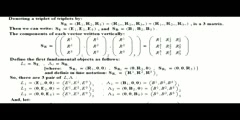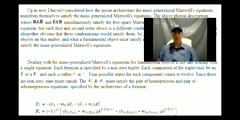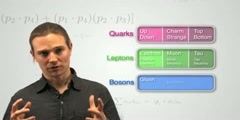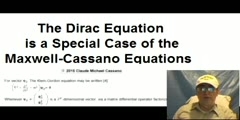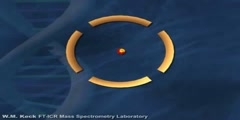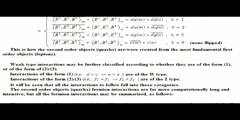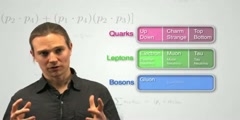The Relationship Between Charge And Mass
From the R-algebra of my book, "Reality is a Mathematical Model", the field equations of the electromagnetic-nuclear field, are a representation of the equations also obtained from the Helmholtzian matrix product form noted at the begining of my video, reference [3]: The-Standard-Model-Architecture-and-Interactions-Part-1. The first book, above, demonstrates that charge is a global invariant. The second book introduces a definition for a charge function for any type of particle. However, the calibration on which it relies is more arbitrary than it really is. The calibration may be more simply expressed via a single parameter relating the units of charge to the first order object (fermion) masses. Because Noether's Theorem applied to the charge density (see reference [1]) insists the above charge function is a global invariant, so is mass/energy. Noether's Theorem doesn't have to be asserted twice, but Hamilton's principle (for charge density) is a consequence of the R-algebra and Noether's Theorem applied to that, with the above insight, establishes conservation of charge and through that and the above analysis so is mass/energy, as a single consequence. And, this illustrates that charge, being a measure of first order object (lepton) masses, only exists where a fermion rest mass exists. /nLinks to all my books may be found at: /nhttps://sites.google.com/site/themathematicalnatureofreality//nhttps://sites.google.com/site/themathematicalnatureofreality/config/pagetemplates/books
Channels: Physics (General) Particle physics
Tags: standard model charge mass elementary particle Maxwell s equations Hamilton s principle fermion
Uploaded by: cloudmichael ( Send Message ) on 27-05-2011.
Duration: 10m 0s
